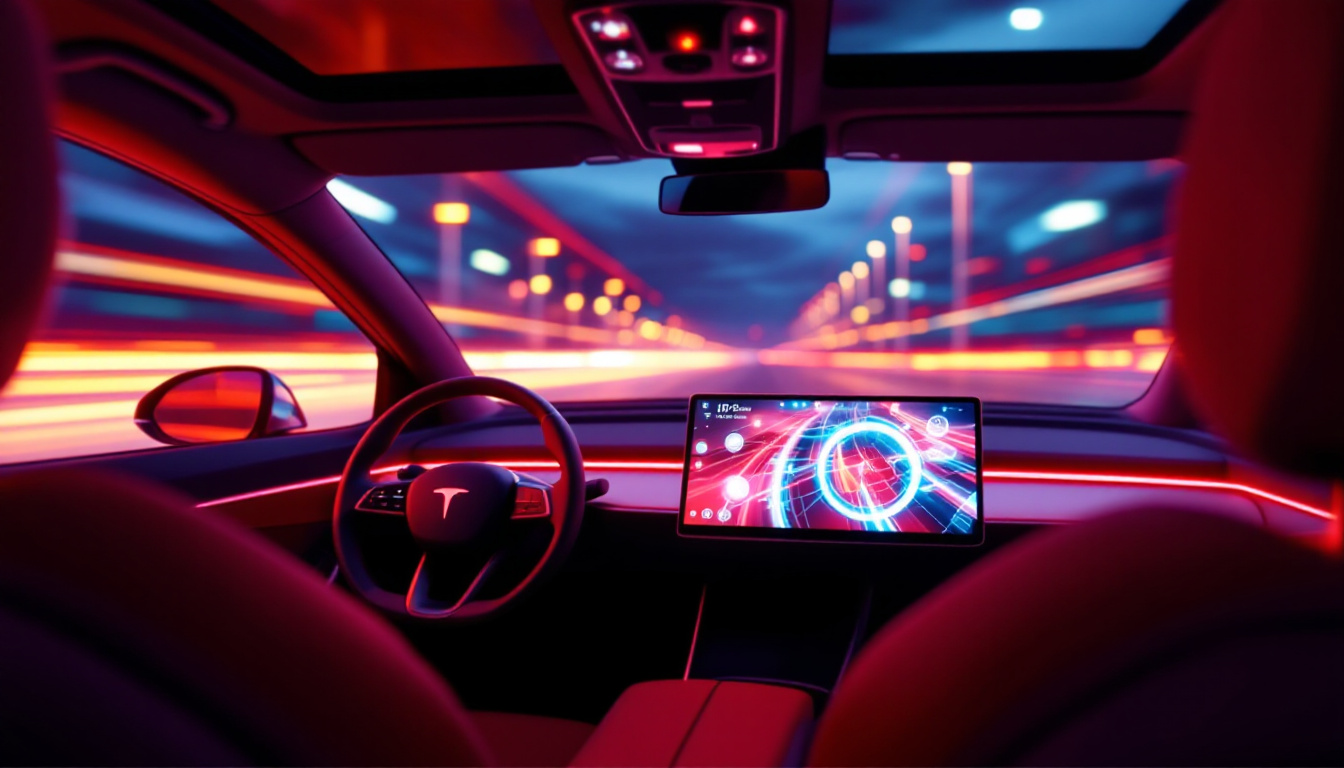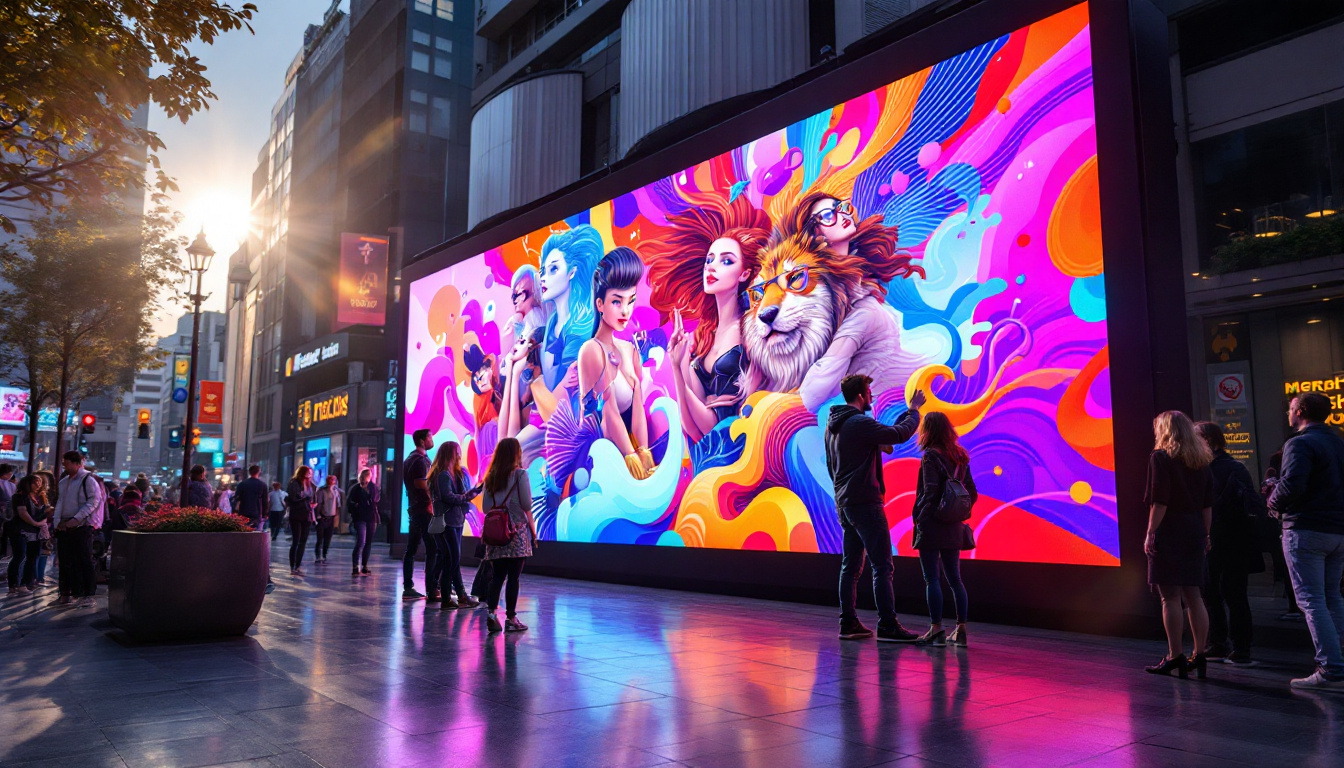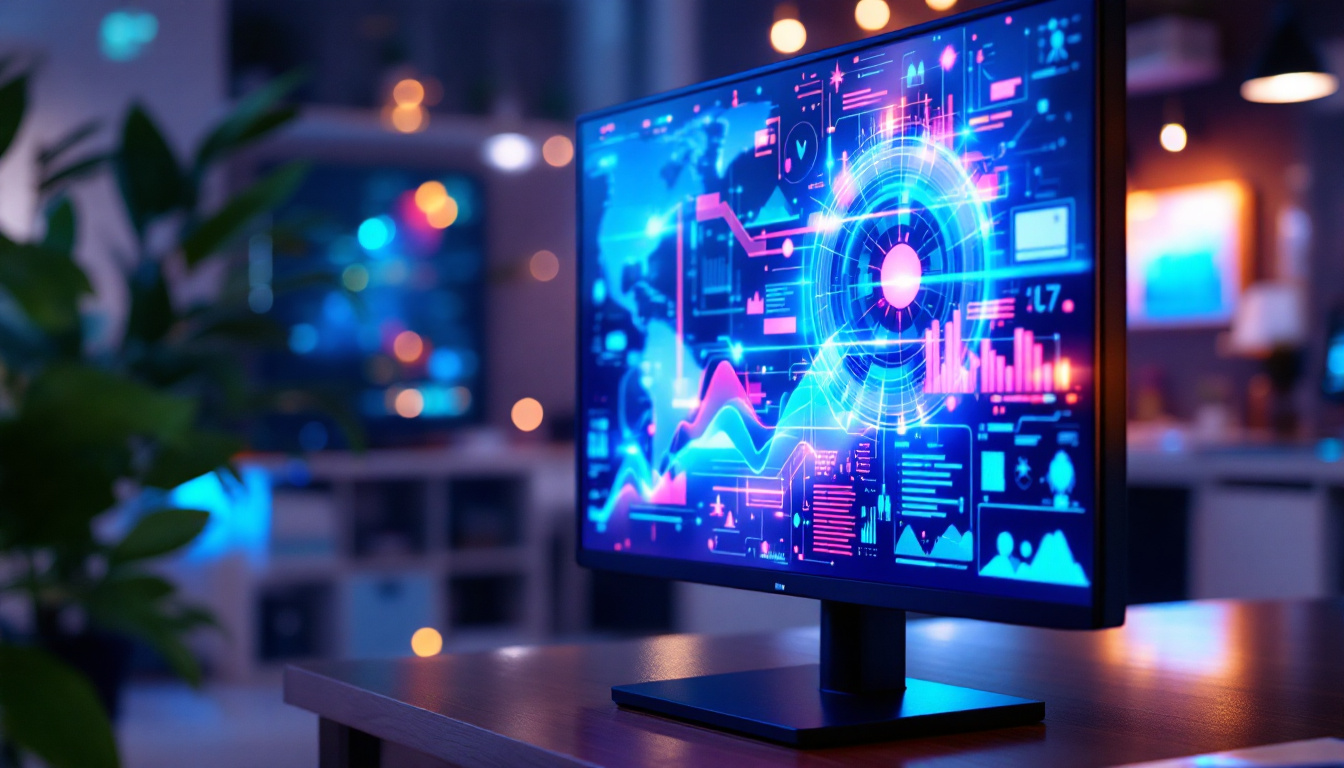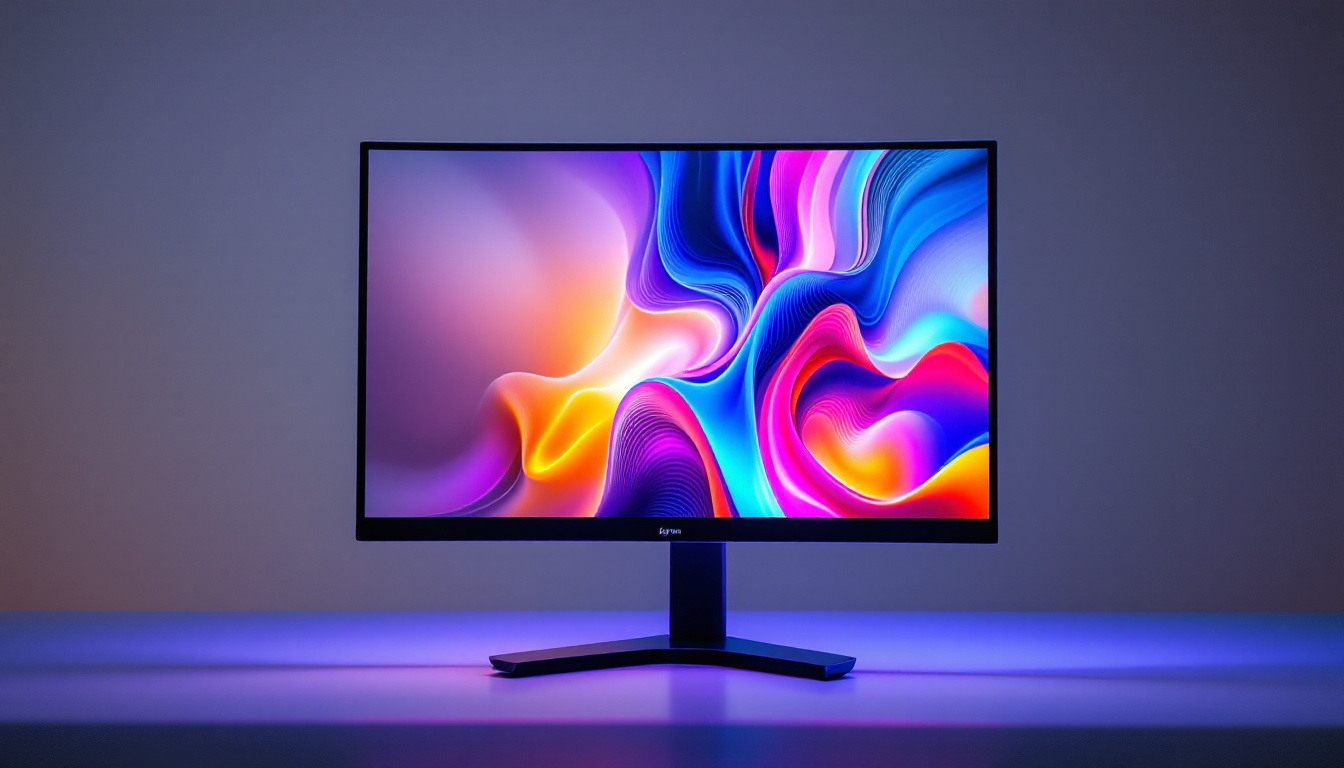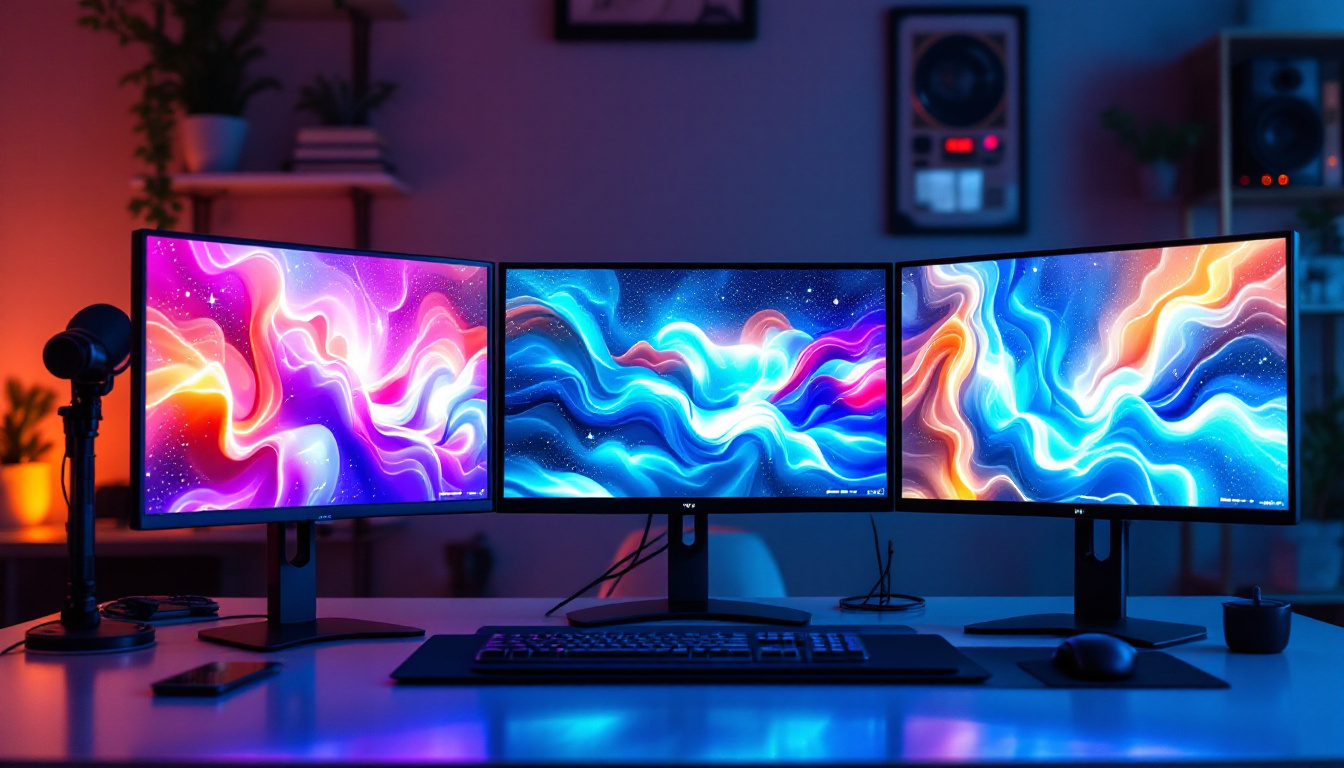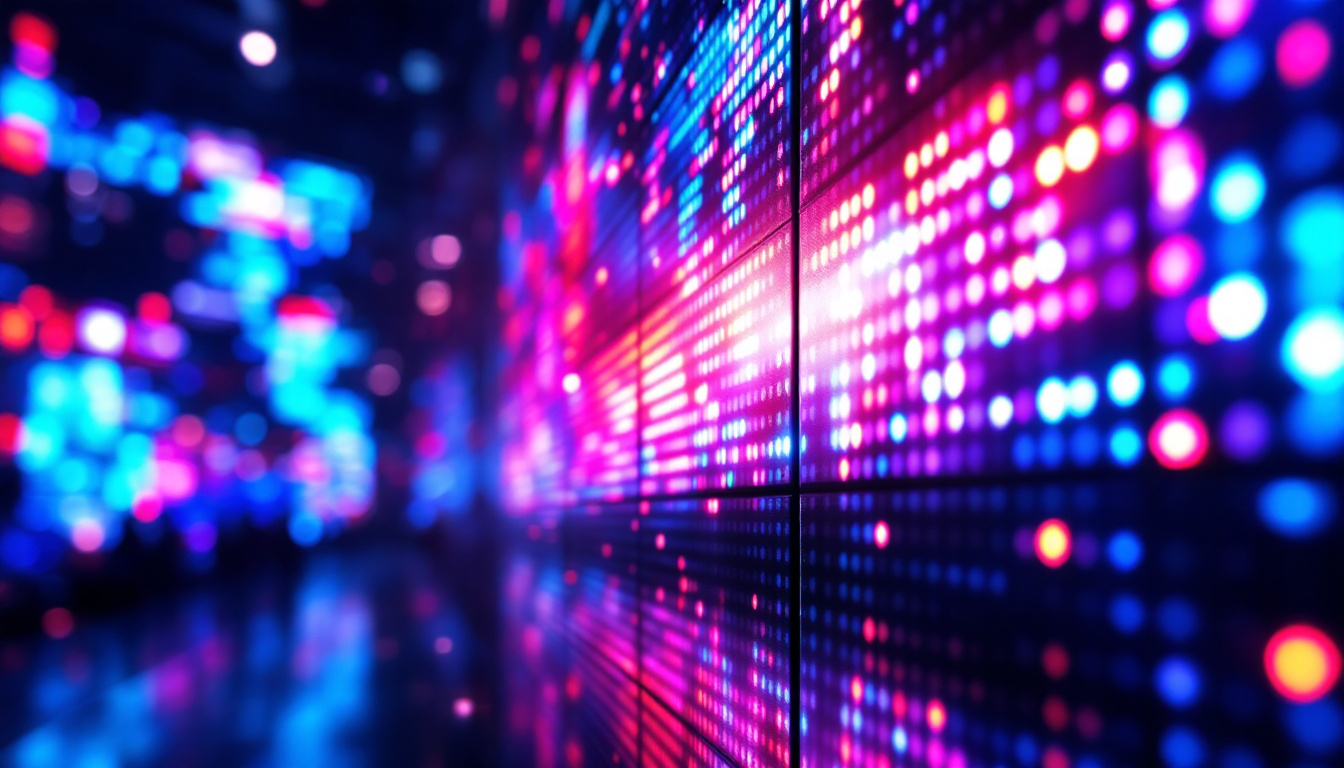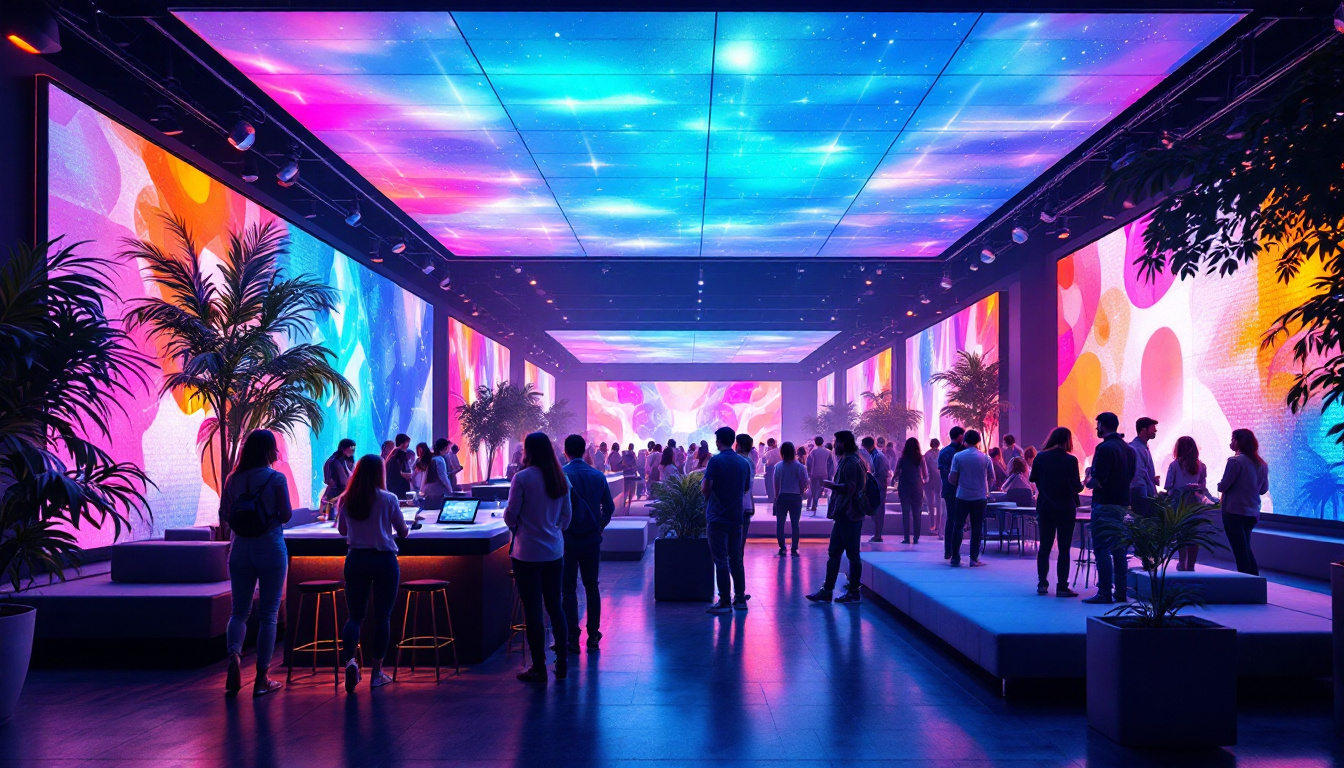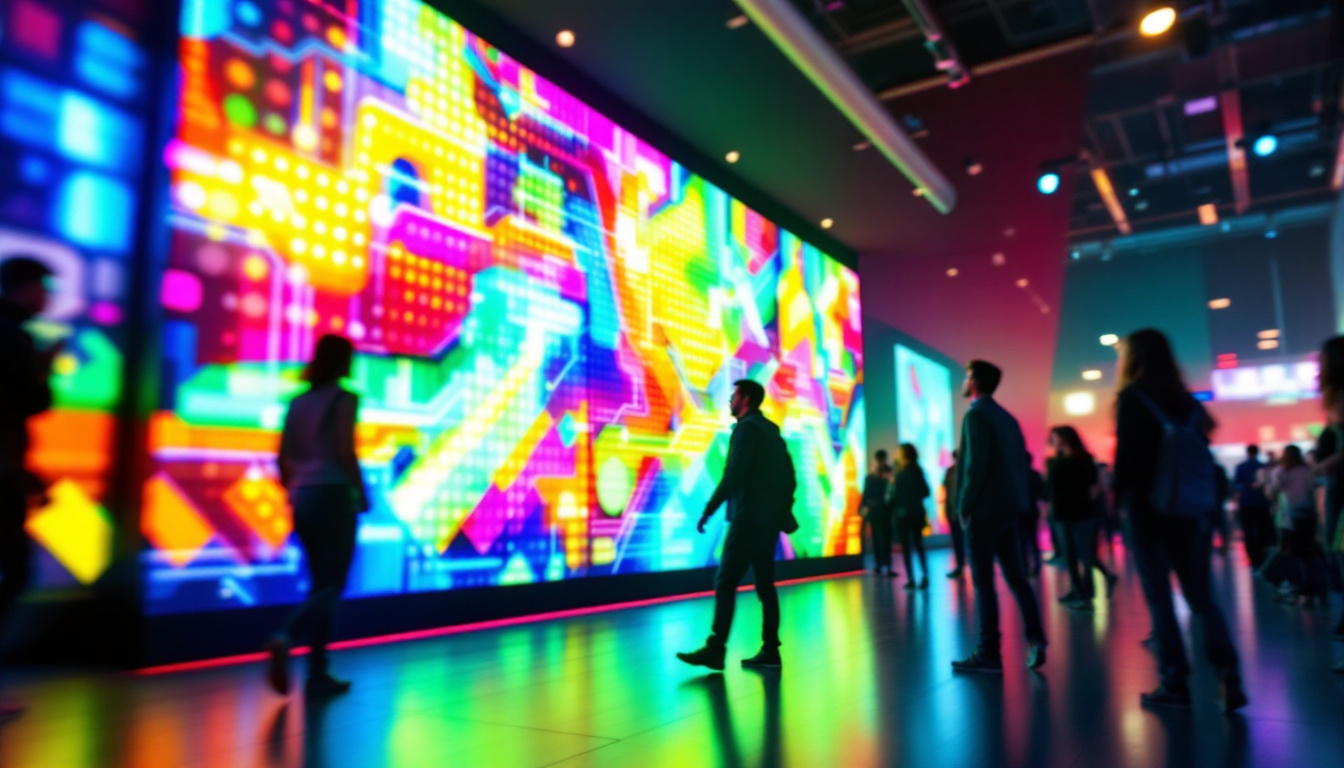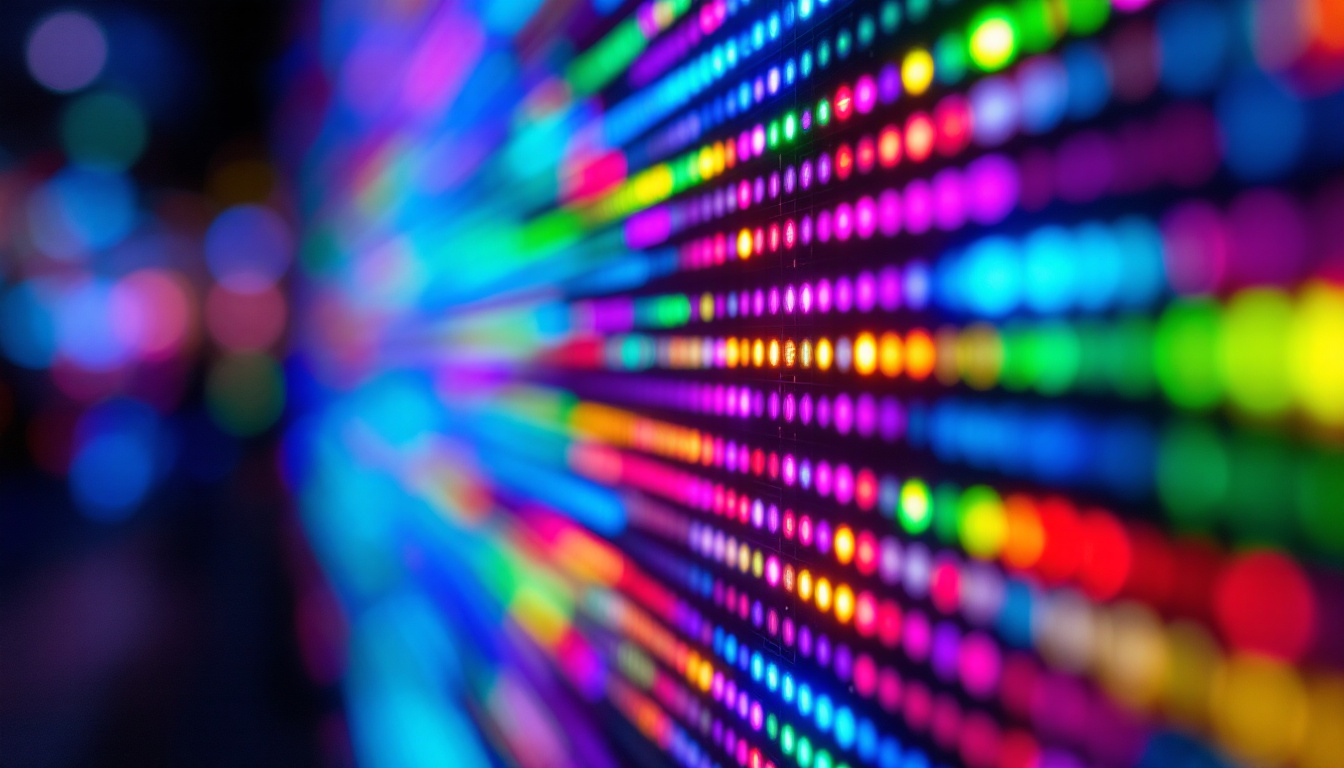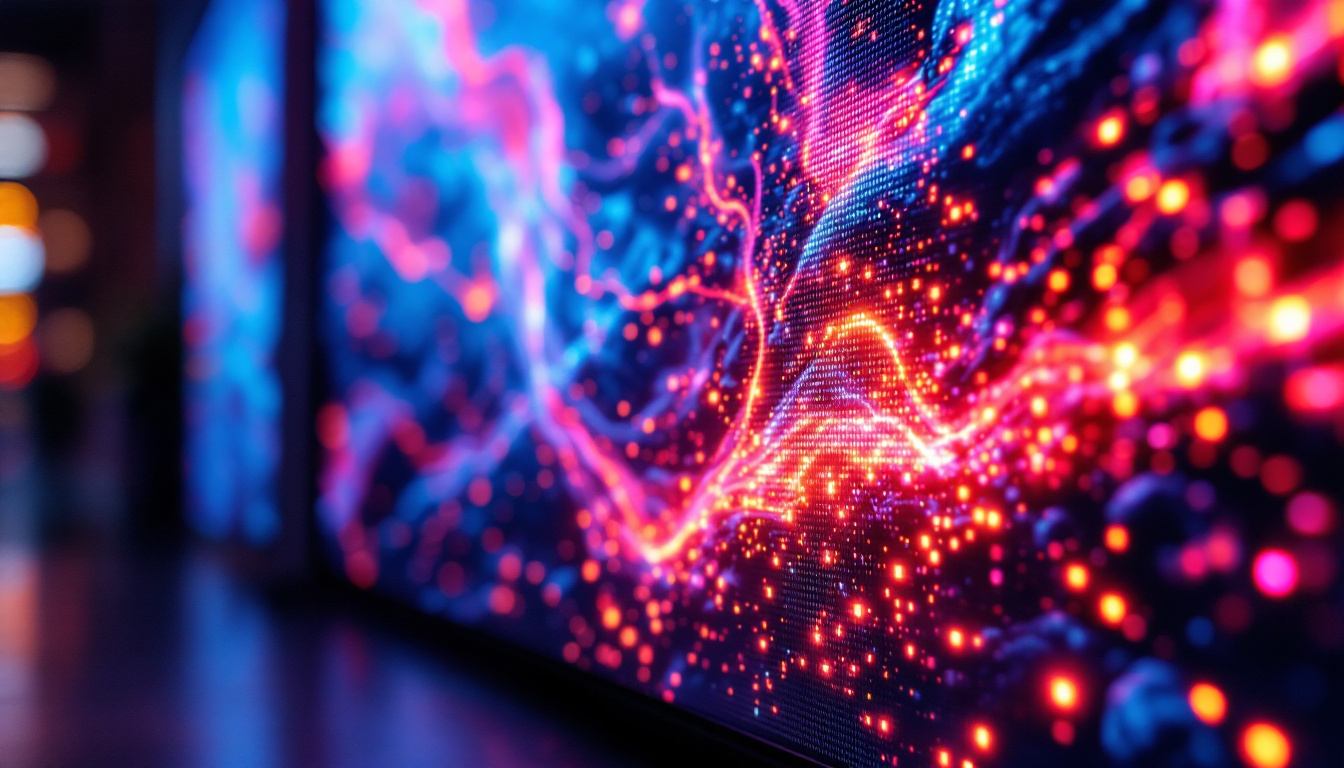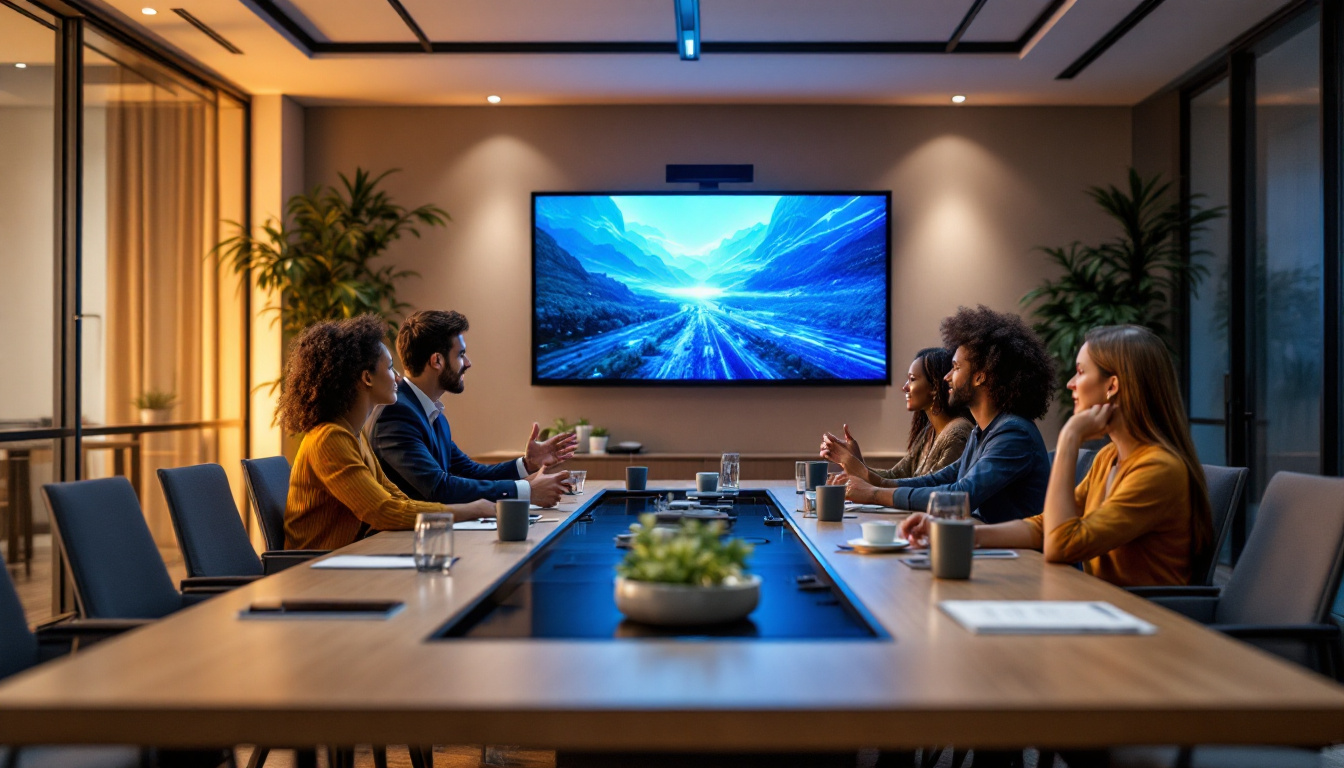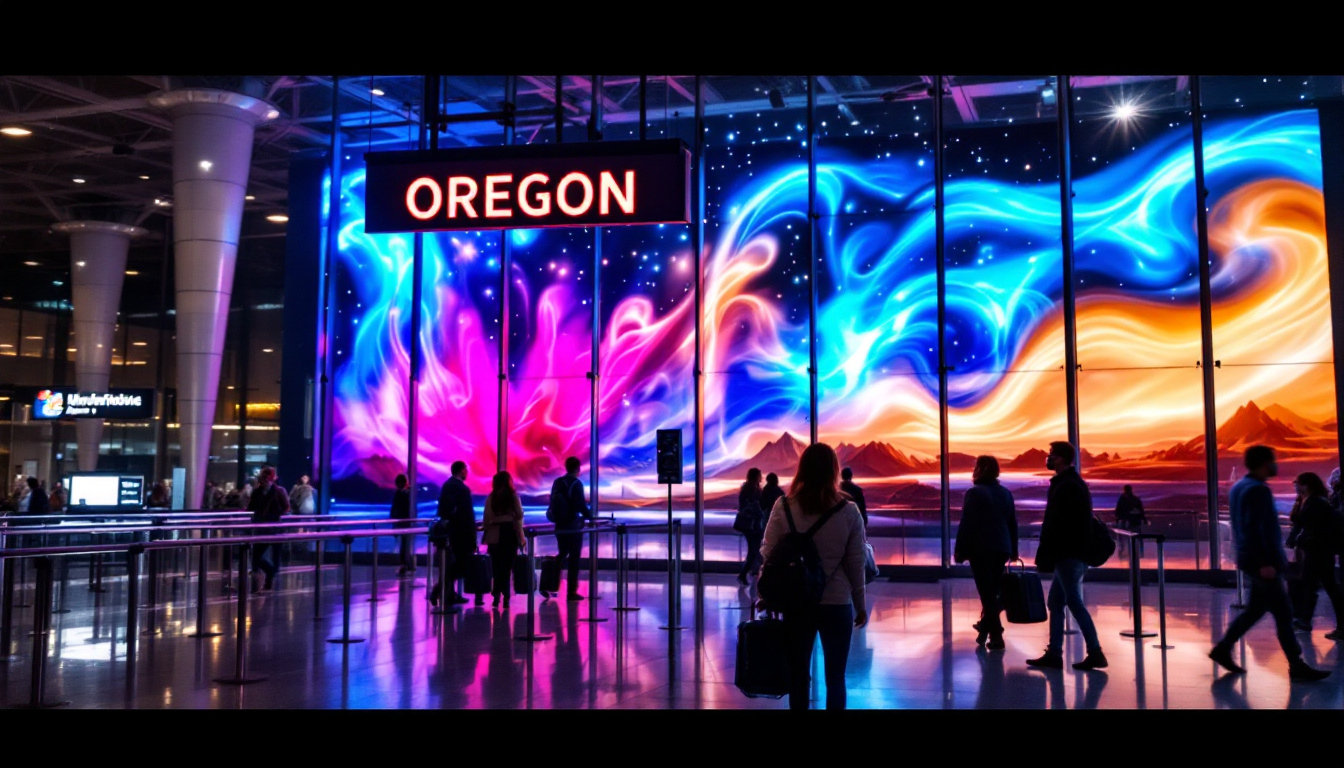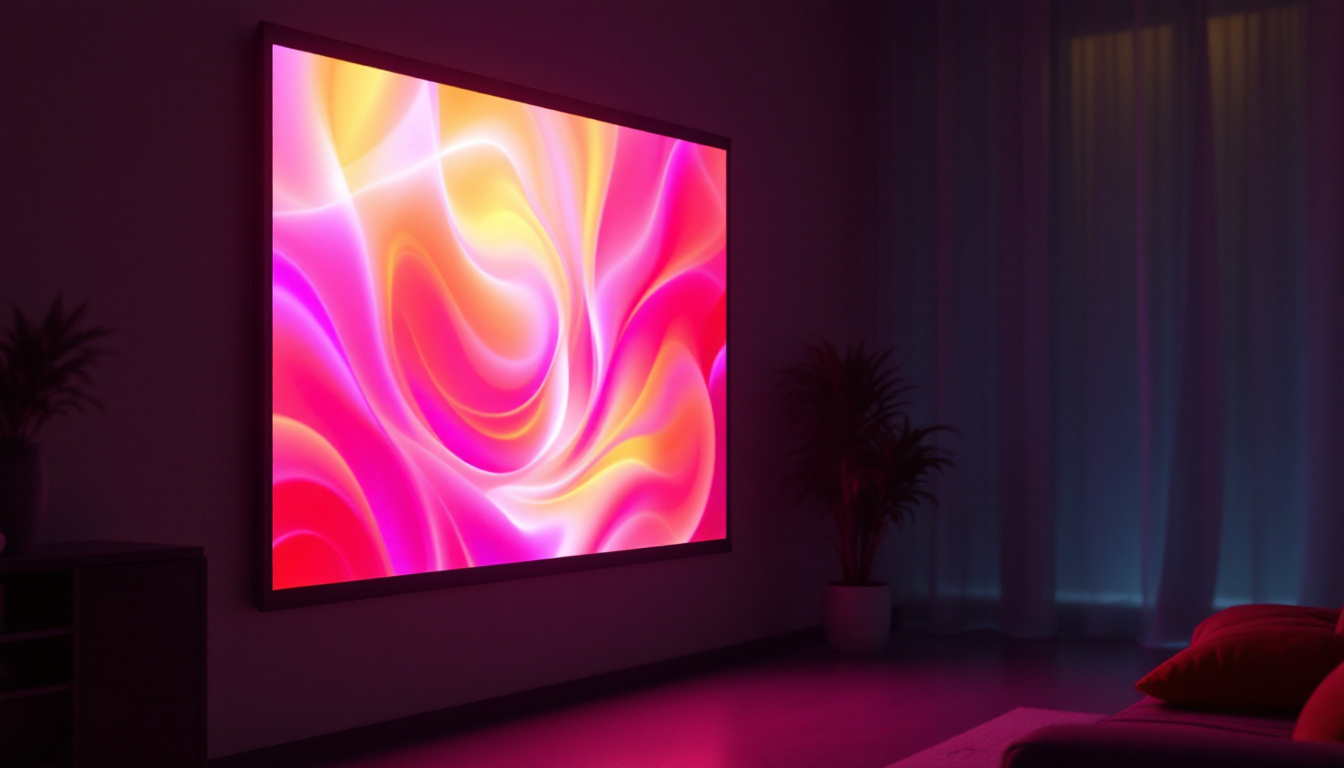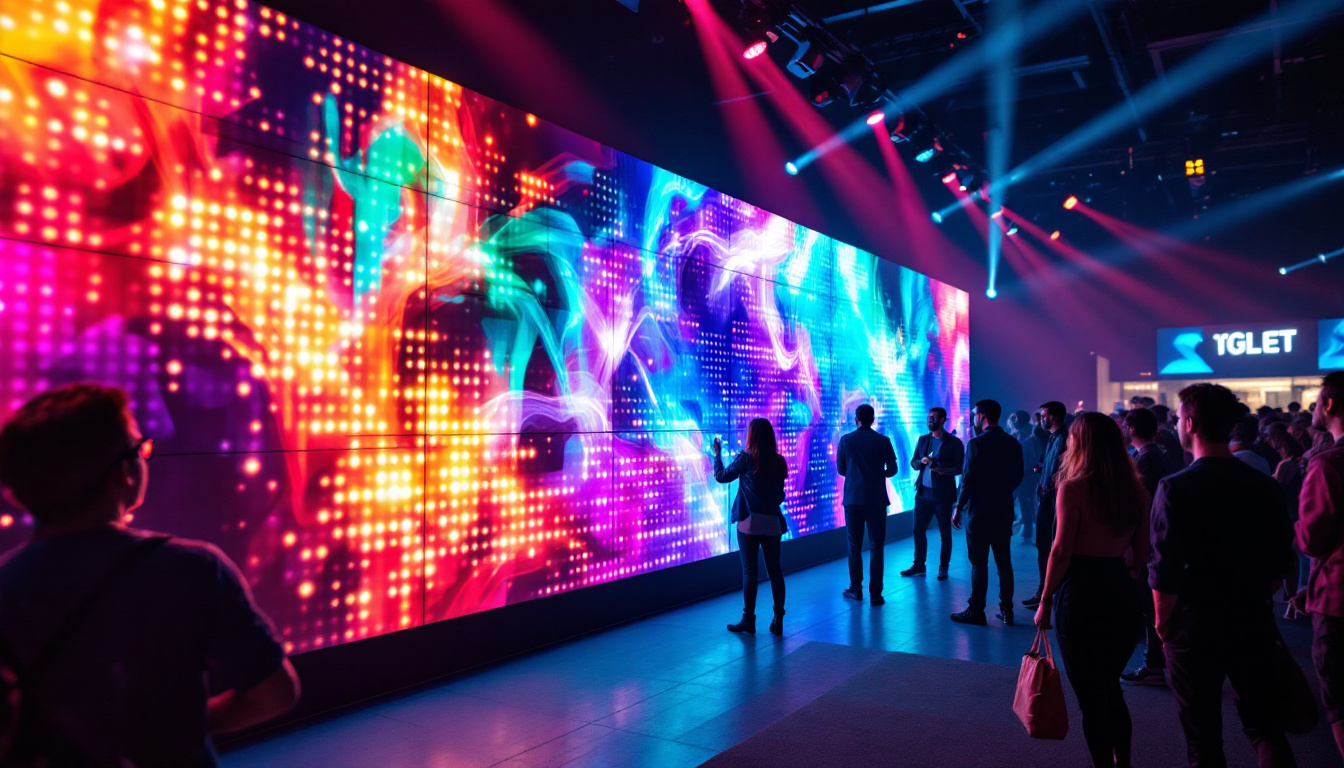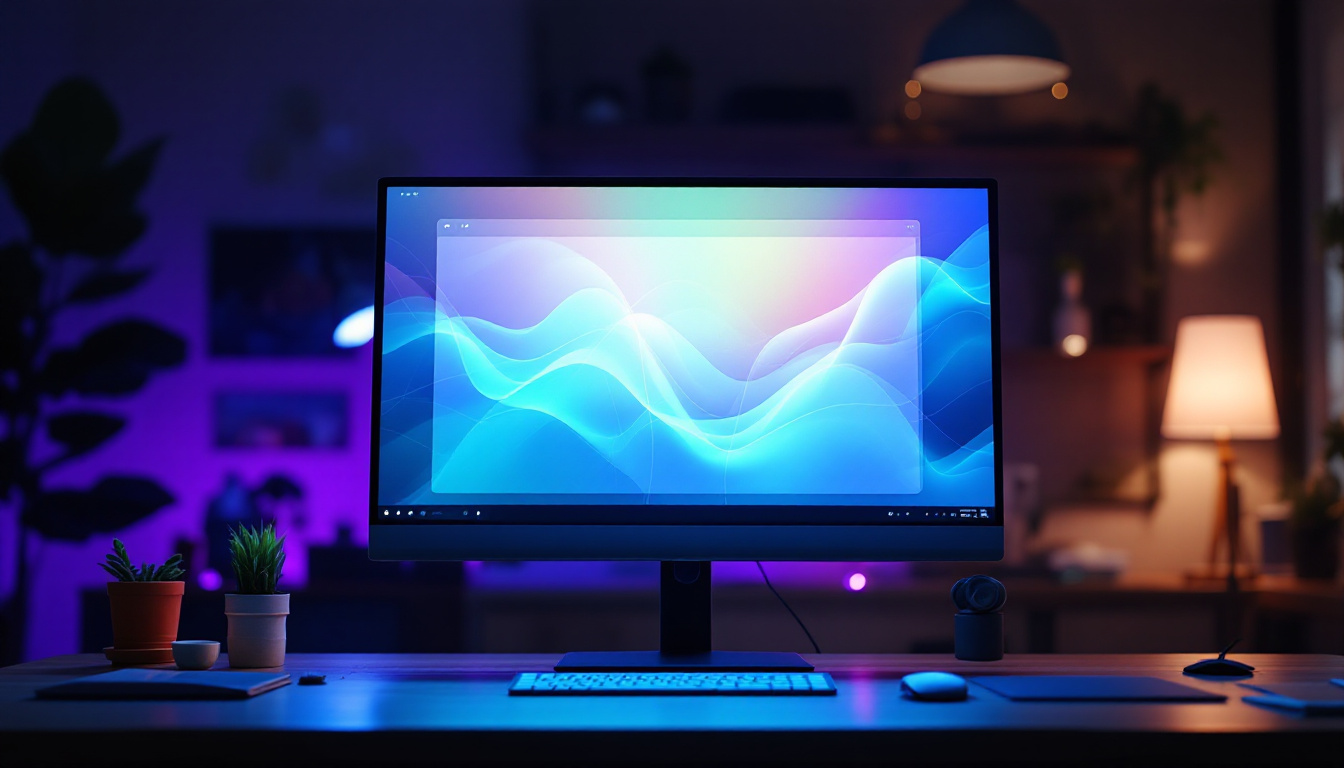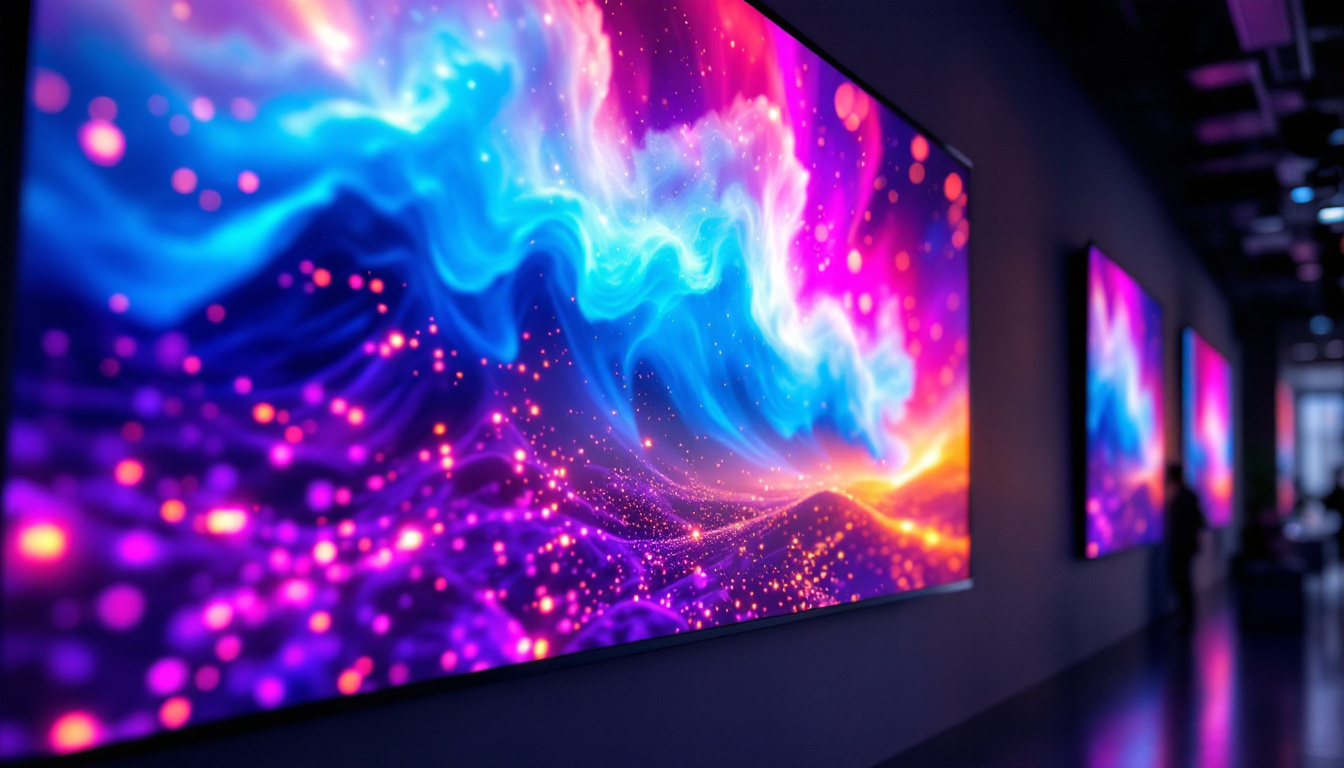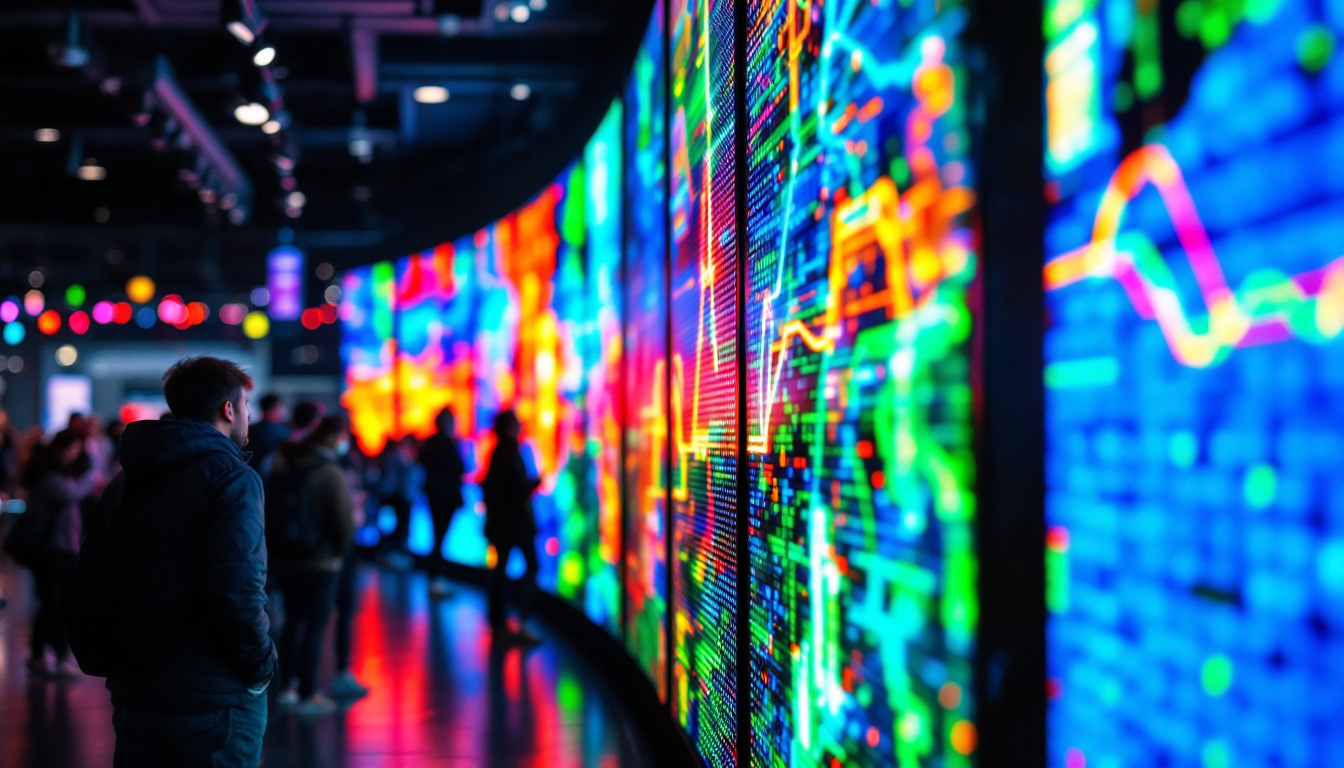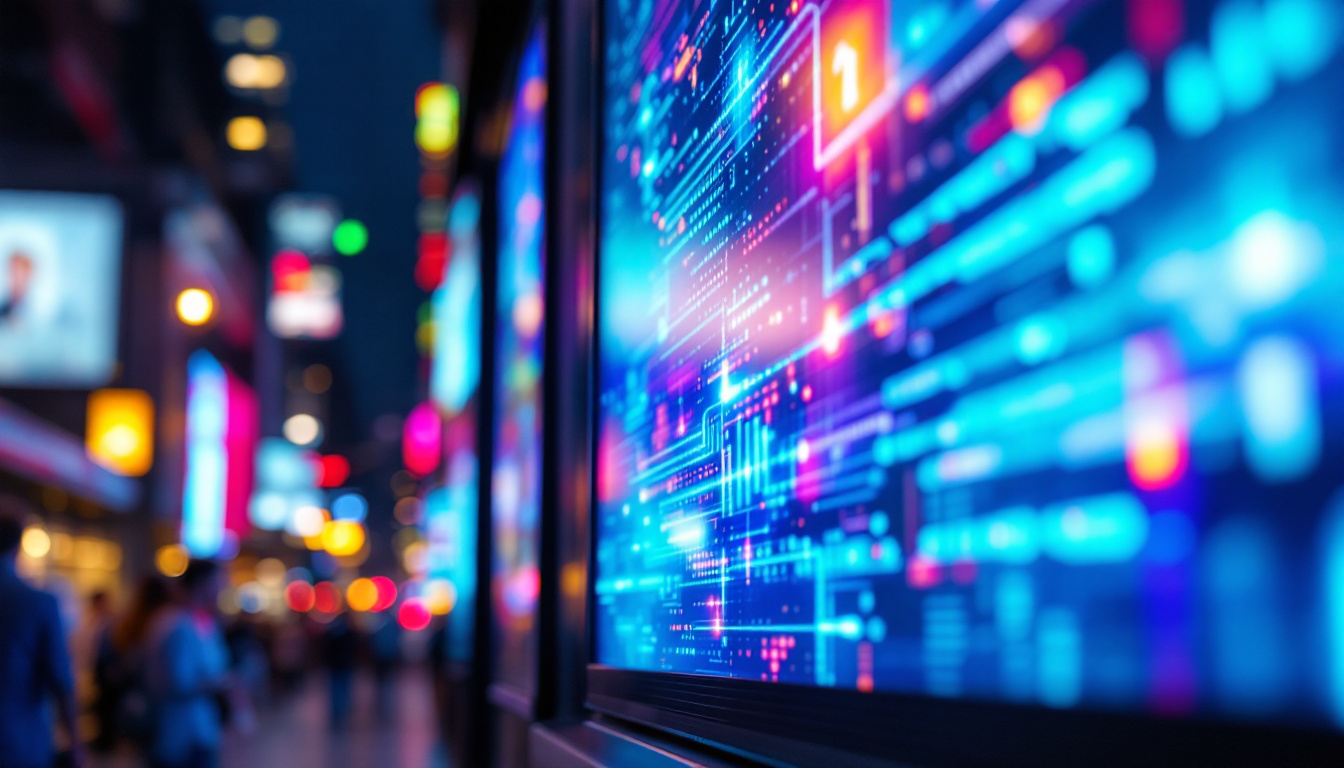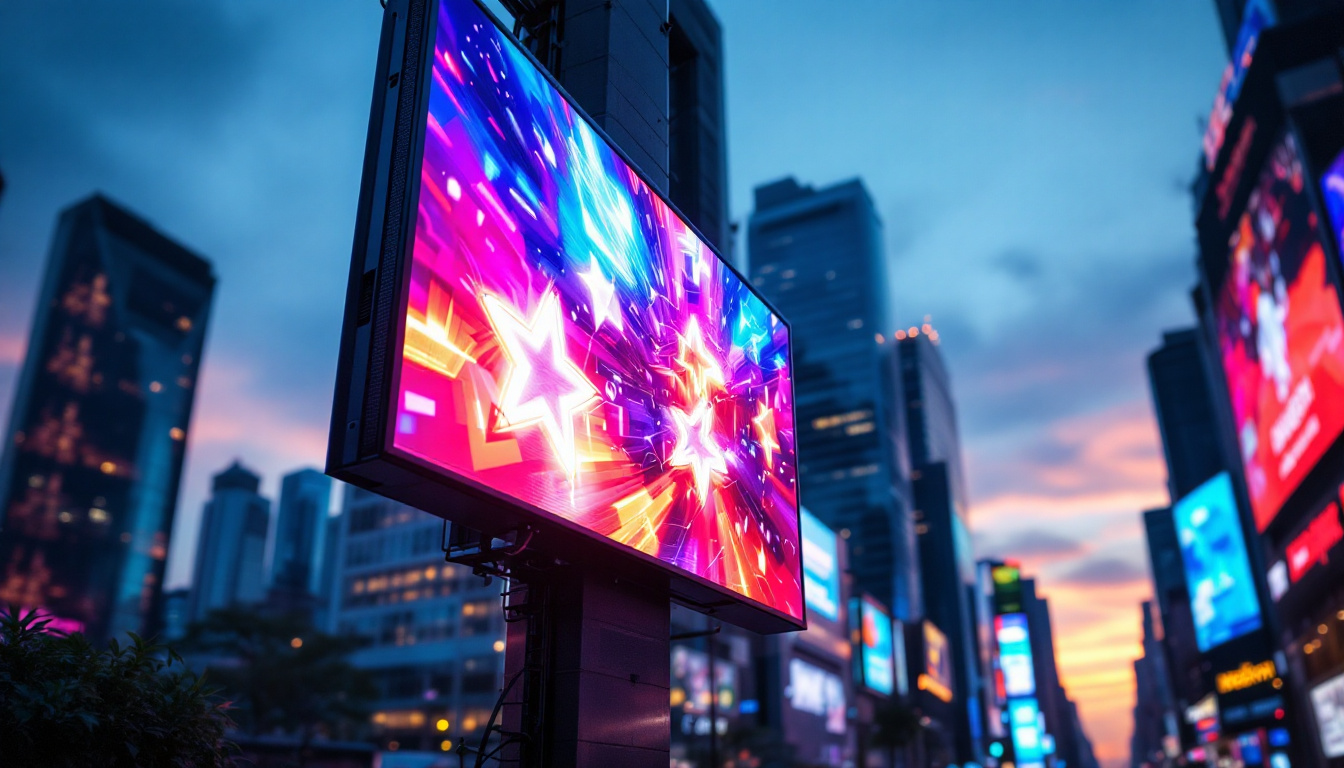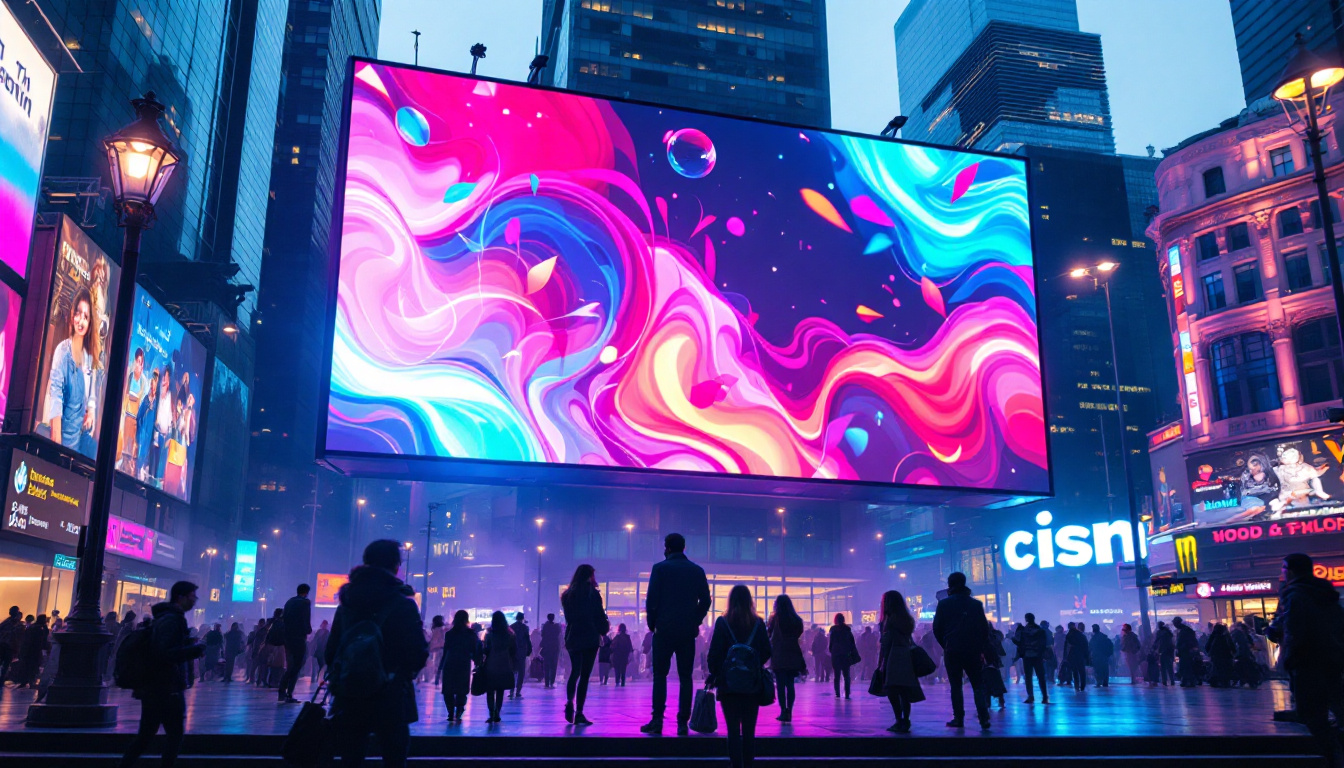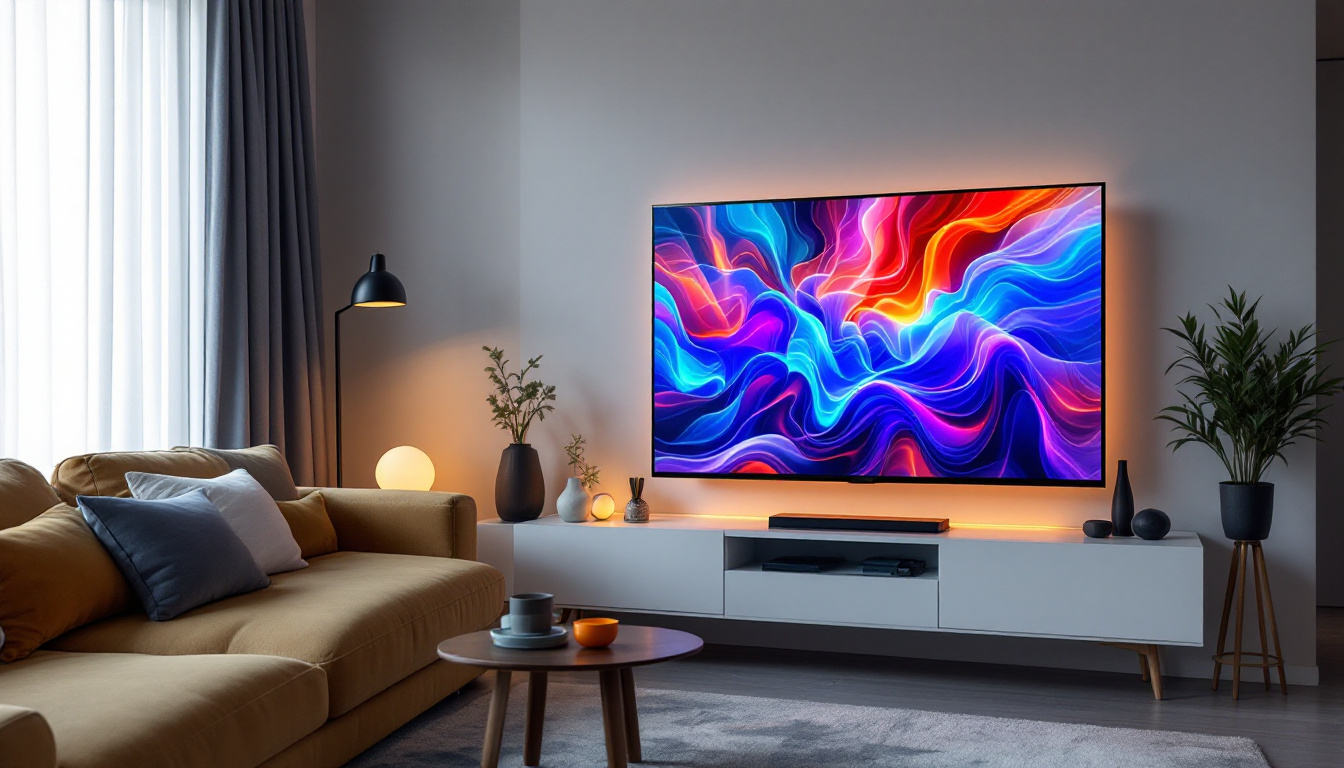In recent years, the automotive industry has witnessed a significant transformation in vehicle technology, particularly with the integration of advanced display systems. One of the most notable advancements is the introduction of large LED screens in cars. These screens not only enhance the aesthetic appeal of vehicles but also improve functionality and user experience. This article delves into the world of the biggest car screens, exploring the technology behind LED displays, their advantages, and the future of automotive displays.
Understanding LED Technology
Light Emitting Diode (LED) technology has revolutionized various industries, including automotive. Unlike traditional LCD screens, LED displays utilize semiconductor materials to emit light, which results in brighter and more vibrant images. This section will explore how LED technology works and its significance in car displays.
How LED Displays Work
LED displays consist of an array of tiny light-emitting diodes that can produce a wide spectrum of colors. These diodes are grouped in pixels, and when activated, they create images by combining red, green, and blue (RGB) light. The brightness and color accuracy of LED displays make them ideal for automotive applications, where visibility in various lighting conditions is crucial.
Moreover, LED technology allows for thinner and lighter screens compared to traditional displays. This reduction in weight is particularly beneficial for electric and hybrid vehicles, where every ounce counts toward efficiency and performance. Additionally, LED screens are known for their energy efficiency, consuming significantly less power than their LCD counterparts. This not only contributes to longer battery life in electric vehicles but also reduces the overall energy consumption of the vehicle, making it a more sustainable choice for environmentally conscious consumers.
Types of LED Displays in Cars
There are several types of LED displays used in modern vehicles, each designed to serve specific purposes. The most common types include:
- Infotainment Screens: These are the primary displays used for navigation, entertainment, and vehicle settings. They typically range from 7 to 15 inches in size, with some luxury models featuring even larger screens. Infotainment systems often integrate smartphone connectivity, allowing drivers to access apps and music seamlessly while on the go.
- Instrument Clusters: Digital instrument clusters replace traditional analog gauges with customizable LED displays. They provide essential information such as speed, fuel level, and navigation directions in a more visually appealing format. Many modern clusters also offer the ability to change themes or layouts, allowing drivers to personalize their dashboard experience.
- Head-Up Displays (HUDs): HUDs project critical information onto the windshield, allowing drivers to access data without taking their eyes off the road. This technology enhances safety and convenience. Advanced HUDs can even display augmented reality elements, such as navigation arrows that appear to float above the road, further aiding drivers in their journey.
As automotive technology continues to evolve, the integration of LED displays is becoming more sophisticated. For instance, some manufacturers are exploring the use of flexible LED screens that can be molded to fit various dashboard designs, providing even more versatility in vehicle interiors. Additionally, the advent of OLED (Organic Light Emitting Diode) technology is pushing the boundaries of display capabilities, offering deeper blacks and more vivid colors, which could soon become a standard in high-end vehicles. The combination of these advancements promises to enhance not only the aesthetic appeal of car interiors but also the functionality and user experience for drivers and passengers alike.
The Advantages of Large LED Displays
The growing trend towards larger LED displays in vehicles is not merely for aesthetic appeal; it comes with a host of advantages that enhance the driving experience. Understanding these benefits can shed light on why manufacturers are investing heavily in this technology.
Enhanced User Experience
Large LED displays provide a more immersive user experience. With higher resolution and better color accuracy, these screens can display detailed maps, high-definition videos, and intuitive interfaces. This level of clarity allows drivers and passengers to engage with the vehicle’s features more effectively.
Moreover, touchscreen functionality on these displays allows for easy navigation through menus and settings. The tactile feedback and responsiveness of modern LED screens make them user-friendly, catering to the needs of tech-savvy consumers. In addition, the integration of voice recognition technology further simplifies interactions, enabling drivers to control navigation, music, and other features without taking their hands off the wheel or their eyes off the road.
Improved Safety Features
Safety is a paramount concern in automotive design, and large LED displays contribute significantly to this aspect. By integrating navigation, speed, and other critical information into one central location, drivers can access everything they need at a glance. This minimizes distractions, allowing for safer driving practices.
Additionally, many modern vehicles utilize augmented reality features on their LED displays, which can overlay navigation prompts directly onto the road view. This innovative approach helps drivers make informed decisions without diverting their attention from the road. Furthermore, advanced driver-assistance systems (ADAS) can be visually represented on these displays, providing real-time alerts about potential hazards, lane departures, or nearby vehicles, thus enhancing overall situational awareness.
Customization and Personalization
One of the most appealing aspects of large LED displays is the ability to customize the interface. Drivers can often choose different themes, layouts, and even colors to suit their preferences. This personalization not only enhances the aesthetic appeal of the vehicle but also allows users to create a driving environment that feels uniquely theirs.
Furthermore, as technology continues to evolve, manufacturers are exploring ways to incorporate artificial intelligence into these displays. This could lead to adaptive interfaces that learn from user behavior and preferences, further enhancing the driving experience. Imagine a display that anticipates your favorite music playlists based on the time of day or suggests routes based on your previous driving patterns. Such features not only streamline the driving experience but also create a more intuitive connection between the vehicle and its driver, making every journey more enjoyable and tailored to individual needs.
Challenges and Considerations
While the advantages of large LED displays are compelling, there are also challenges and considerations that manufacturers must address. Understanding these factors is essential for a balanced view of this technology.
Cost Implications
Integrating large LED displays into vehicles can significantly increase production costs. The advanced technology, coupled with the need for high-quality components, contributes to higher prices for consumers. While luxury brands may easily absorb these costs, mainstream manufacturers must carefully consider pricing strategies to remain competitive.
Moreover, as the demand for larger screens grows, manufacturers may face challenges in scaling production while maintaining quality. This could lead to supply chain issues and potential delays in bringing new models to market.
Potential Distractions
While large LED displays can enhance safety by consolidating information, they can also pose potential distractions if not designed thoughtfully. Overly complex interfaces or excessive information displayed simultaneously can divert a driver’s attention from the road. It is crucial for manufacturers to prioritize user interface design and ensure that essential information is easily accessible without overwhelming the driver.
Environmental Concerns
The production and disposal of electronic components, including LED displays, raise environmental concerns. As the automotive industry moves towards sustainability, manufacturers must consider the lifecycle of these components and explore recycling options. Developing eco-friendly materials and processes can help mitigate the environmental impact of large LED displays.
The Future of Car Displays
The future of automotive displays is bright, with rapid advancements in technology paving the way for even more innovative solutions. As consumer expectations evolve, manufacturers are exploring various trends that could shape the next generation of car screens.
Integration with Smart Technology
As vehicles become increasingly connected, the integration of smart technology with car displays will become more prevalent. This includes compatibility with smartphones, smart home devices, and other IoT (Internet of Things) technologies. Such integration will allow for seamless communication between devices, enhancing convenience and functionality.
For instance, drivers may soon be able to control their home appliances or check security cameras directly from their car’s display. This level of connectivity will redefine the driving experience, making it more integrated with daily life.
Advancements in Augmented Reality
Augmented reality (AR) is poised to play a significant role in the future of car displays. As technology advances, AR can provide real-time information overlay on the road, enhancing navigation and situational awareness. This could include highlighting points of interest, displaying traffic conditions, or even providing warnings about potential hazards.
Such innovations will not only improve the driving experience but also contribute to overall safety by providing drivers with critical information in a visually intuitive manner.
Emergence of Flexible Displays
Flexible display technology is another exciting frontier in automotive design. Imagine curved or wrap-around displays that seamlessly integrate with the vehicle’s interior. This could lead to more immersive interfaces and a futuristic aesthetic that aligns with modern design trends.
Flexible displays could also allow for innovative uses of space within the vehicle, enabling manufacturers to create multifunctional surfaces that serve as both display and storage areas. The possibilities are endless, and as technology continues to advance, the automotive landscape will undoubtedly evolve.
Conclusion
The integration of large LED displays in vehicles represents a significant leap forward in automotive technology. With their ability to enhance user experience, improve safety, and offer customization, these screens are becoming a staple in modern cars. However, challenges such as cost, potential distractions, and environmental concerns must be addressed as the industry moves forward.
As technology continues to evolve, the future of car displays looks promising. The integration of smart technology, augmented reality, and flexible displays will redefine how drivers interact with their vehicles. Ultimately, the biggest car screens are not just about size; they are about creating a more connected, safer, and enjoyable driving experience.
Explore the Future of LED Displays with LumenMatrix
As you envision the possibilities of a more connected and engaging driving experience, LumenMatrix stands at the forefront of this technological evolution. Our commitment to innovation in LED display technology is unmatched, offering a wide array of solutions from Vehicle LED Displays to Transparent LED Displays and beyond. We invite you to check out LumenMatrix LED Display Solutions and discover how our cutting-edge products can transform your brand’s visibility and captivate your audience. Join us in driving the future of visual communication.

